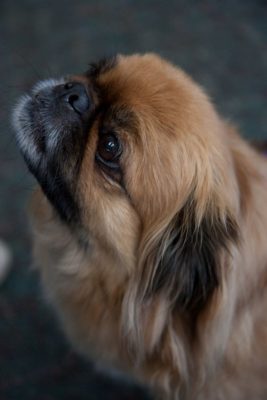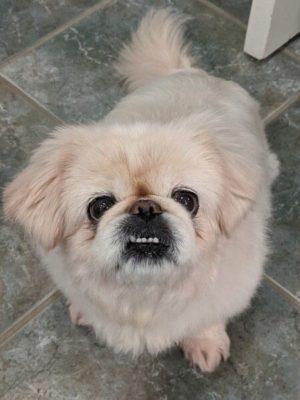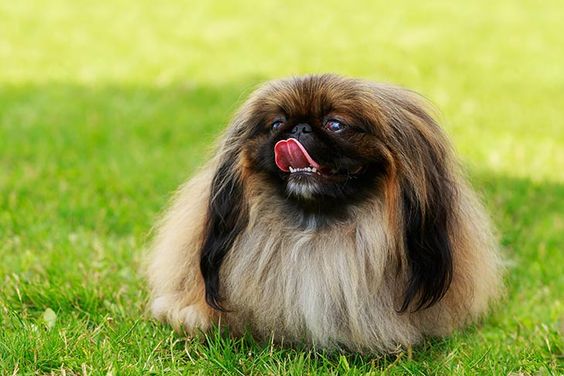Pekingese
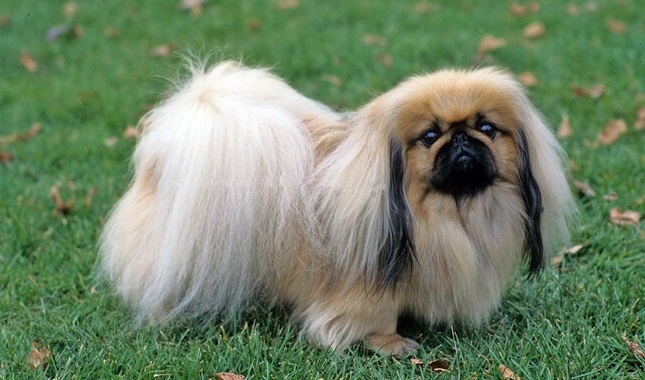
Pekingese are independent by nature. At the same time, they are attached to their owner. Despite their small size, there can be stubbornness and pride. Sometimes pets are prone to go hungry if they do not like something. The dignity of representatives of the breed is due to their centuries-old history. They demand respect. And if they get it, they easily establish contact with the new owner.
Table of Contents
Breed Information
| Another Name | Pekinese |
| Origin | China |
| Height | 15-23 cm |
| Weight | 3-6 kg |
| Fur | Long |
| Color | Monochromatic or spotted – white, black, black and tinged, red, murugi |
| Lifespan | 12-15 years |
| FCI Classification | Companion and Toy Dogs |
| Group | Small breed or decorative dogs, dogs for apartments |
| Price | From $400 to $1000 |
Breed Photos
Origin History
In its native China, the Pekingese was elevated to a cult, making it one of the emperor’s favorites. Although the breed’s modern history began in the 18th century, scientists believe that the Chinese Spaniel appeared more than 2,000 years ago. The Celestial Empire rulers loved the breed so much that they modeled porcelain figures and wrote legends and other artworks. The smallest specimens accompanied the nobles. Together they traveled and ate from the same table. In the eighteenth and nineteenth centuries, ordinary townspeople were not allowed to breed Peking Palasthunds. The right to breed belonged exclusively to the emperors and was passed down by inheritance. The dogs were under the watchful guard of the military. Stealing animals were out of the question.
The Opium War of 1859-1860 between the Celestial Empire, France, and England corrected the breed’s development. After the Chinese emperor’s residence storming, the British found five furry Pekingese that miraculously survived. The surviving representatives were sent to Great Britain. One of them was presented to Queen Victoria. It was the beginning of the European history of Chinese spaniels. It was the Europeans who called the dogs with lion’s mane and monkey face Pekingese. The name comes from the Chinese capital of Beijing. In the early twentieth century, the breed’s first clubs appeared in the United States and Britain. All international associations officially recognize the modern Peking Palace Dog.
Appearance
The main difference of the breed’s current representative from the first specimens is the weight, compact build, and short legs. The Pekingese’s muzzle does not resemble a dog: large convex eyes, small half-open mouth, rough tongue. Modern Chinese Spaniels come in two types: classic and sleeve. The second type is more minor, up to three pounds. Classic Pekingese weigh about five pounds. Bitches of the sleeve type cannot fully bear children. Puppies are born by the classic representatives of the breed.
The dogs have a massive skull with a short, broad muzzle. Small teeth with an even bite are almost invisible. The nose is wide and flattened. The lobe is black with large nostrils. Dogs with light eyes are not officially recognized and are not allowed to compete. The ears are high and drooping. They are covered with long, soft fur. The body of the Pekingese is short, with a straight back and a clear waistline. The tail is set high. The legs are short with large paws. Signs to disqualify Pekingese palace dogs include:
- cryptorchidism;
- albinism;
- obesity (more than 5.5 kilograms);
- depigmentation of the lips, eyes, and nose.
Character
Pekingese are independent by nature. At the same time, they are attached to their owner. Despite their small size, there can be stubbornness and pride. Sometimes pets are prone to go hungry if they do not like something. The dignity of representatives of the breed is due to their centuries-old history. They demand respect. And if they get it, they easily establish contact with the new owner. Early socialization will help eliminate hostility towards other animals and strangers. But don’t aggressively fight the temperament of the Chinese Spaniel. A finely thought-out strategy will be needed.
As for the relationship with children, it’s a moot point. In general, a Pekingese builds normal relationships with babies. But if you show carelessness or play too much – be prepared for a violent reaction. Possibly even bite. Therefore, it is not necessary to have a Pekingese if there are children under five years old. Pekingese like active walks. But if the schedule does not allow regular walks in the park, they will calmly accept it.
Care
Comb your dog’s hair two to three times a week. A long coat needs regular grooming. You can take your dog to the groomer from time to time to get rid of worries. Especially during the summer period. Representatives of the breed do not tolerate the heat well. Bathing home treatments are recommended no more than twice a week. Muzzle folds should always be dry and dust-free. Do not forget to check the ears and eyes of the pet for dirt, wax. Nails should be filed three times a month.
Training
Training should begin with teaching basic commands. Then follow the dog’s actions and, in the process, correct the behavior in public places and at home. If you want to take part in exhibitions, you need to sweat a lot. The Pekingese is not a breed that is easy to train. They have a difficult temperament and are disobedient. Training is best done in the form of games. Show leadership qualities from day one. The dog should know who the boss is in the house. For example, if your pet wants a toy, do not give it right away. First, make him do the command, and only then may he get what he wants. But do not be too aggressive towards the animal.
Common Diseases
Representatives of the breed can not boast of excellent health. Some of the most common ailments are:
- cataracts, dry eye;
- dislocation of the kneecap;
- brachycephalic airway obstruction syndrome;
- cleft palate;
- entropion;
- hydrocephalus;
- cryptorchidism;
- distichiasis;
- keratopathy exposure syndrome;
- folded dermatitis;
- mitral valve disease;
- progressive retinal atrophy;
- disease of the intervertebral disc.
Nutrition
Most of the diet of the Peking Palasthund should be lean meat. Due to weak and small teeth, bones are contraindicated for the breed. Gristle may occasionally be given. Twice a week, treat your pet to cod fish fillets. And once a week – boiled egg yolk.
Dogs love cereal. Oatmeal, millet, rice, buckwheat are all suitable for feeding the Pekingese. Add raw or stewed vegetables, fruit (except kiwi, pineapple, strawberries), low-fat dairy products to the diet. Consult a specialist and choose vitamin and mineral supplements to avoid avitaminosis.
 Yakutian Laika
Yakutian Laika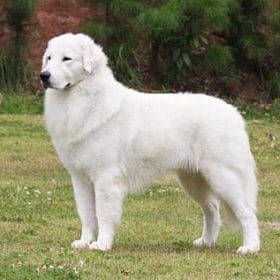 Maremmano-Abruzzese Sheepdog
Maremmano-Abruzzese Sheepdog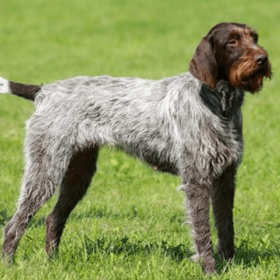 Český Fousek
Český Fousek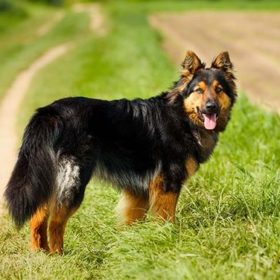 Bohemian Shepherd
Bohemian Shepherd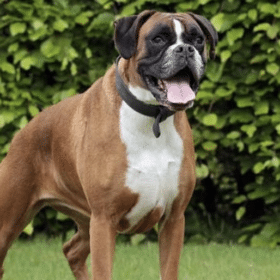 Boxer
Boxer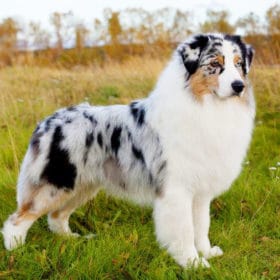 Australian Shepherd (Aussie)
Australian Shepherd (Aussie)